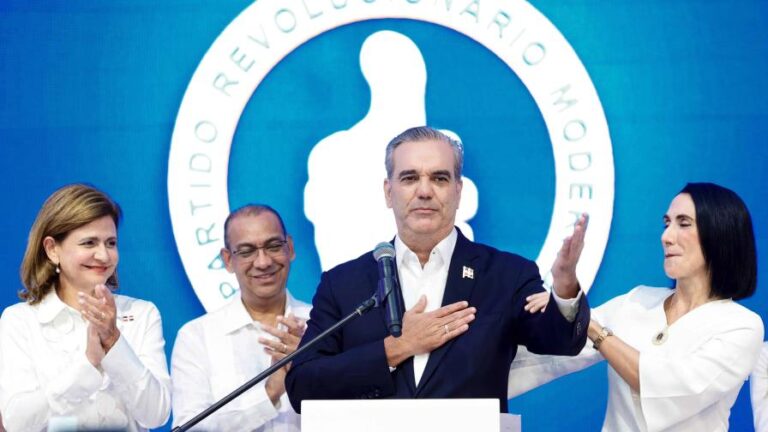The Dominican economy closed 2023 with an average growth of 2.4%, in line with the Central Bank’s (2.5%) projections issued on December 4 last year, although below the 3% estimated by the government team.
The figure exceeds the 2.2% average projected for Latin America by the Worl Bank in its most recent “World Economic Outlook” published in January 2024.
According to the monetary institution’s preliminary report on the monthly economic activity indicator (IMAE), the monthly evolution of the economy was 4.7% in December, the highest rate of 2023. December’s economic activity performance is mainly accounted for by the performance of hotels, bars and restaurants (10.5%), construction (9.7%), financial services (9.4%), free zone manufacturing (4.8%), agriculture (4.3%), among others.
The document details that the real added value of tourism was induced by the arrival of air passengers, totaling 8,058,671 tourists in January-December 2023. Adding these to the 2,259,292 cruise passengers as of December, the cumulative total of visitors to the country in 2023 stood at “the unprecedented figure” of 10.3 million. Foreign exchange income to the country from tourism stood at US$ 9,828.9 million, for a year-on-year increase of 16.9% compared to 2022.
The second sector that stood out last year was the financial sector, which showed a year-on-year variation of 6.9% in its real value added in January-December 2023, contributing to the 20.7% expansion in credit granted to the private sector in national currency, equivalent to an absolute increase of DOP 279,482 million in channeled loans.
The report points out how local economic performance is consistent with the monetary policy’s transmission mechanism through economic stimuli to reduce the impact of inflation.
The monetary institution stressed that the stimuli are still in place, and hopes that, together with greater public investment, the measure will continue to have an energizing effect on economic activity throughout 2024.
Stable Inflation
The monthly report points out that the consumer price index (CPI) registered a 0.54% monthly variation in December 2023, lower than the 0.96% inflation rate seen in December 2022, reflecting a deceleration in the average rate of price growth in the last month of the year.
This result means that year-on-year inflation measured from December 2022 to the last month of 2023 was the lowest annual rate in the last five years, standing at 3.57%, continuing its downward trend to below the center of the target range of 4.0% ± 1.0% established in the monetary program. In fact, the report specifies that, when analyzing data from 18 Latin American economies at the end of 2023, it is clear that the Dominican Republic’s year-on-year rate is among the lowest.
The Central Bank highlights that the rate is lower than that of eleven countries in the region, meaning six of these countries report year-on-year inflation below that of the Dominican Republic, three of which are dollarized economies (Panama, Ecuador and El Salvador).
The monetary body noted that the results augur a favorable performance for the country during 2024, with a 5% growth forecast, around the potential pace, one of the highest in Latin America, in a context where domestic inflation will remain within the target range established in the monetary program and foreign direct investment (FDI) flows will continue.
What the Forecasts said
The Central Bank expected the year to close with the economic indicator at 2.5%, slightly lower than what the government foresaw in the Macroeconomic Outlook 2023-2027 report, which pointed to 3% growth.
While the World Bank agreed that the country would close with an economic increase of 2.5%. By 2024, all indicators suggest that the country will reach its development potential of 5%, among the highest percentages of all those projected for each Latin American and Caribbean country. In its latest report, the World Bank points to a gradual recovery in the region, with an estimated growth of 2.3% in 2024 and 2.5% in 2025.
Currencies and foreign investment rose.
Likewise, the monetary authority explained that activities generating foreign exchange performed favorably, highlighting that during 2023, US$ 10,157.2 million were received in remittances, in line with the Central Bank’s projections. This means a growth of 3.1% compared to the same period of the previous year. “These resources provided by those living abroad have a multiplier effect on consumption, investment and financing of the most vulnerable sectors.” Foreign direct investment (FDI) amounted to US$ 4,381 million in 2023, an increase of around 9.2% compared to 2022, where the role of tourism, energy and real estate stands out.
Source:



